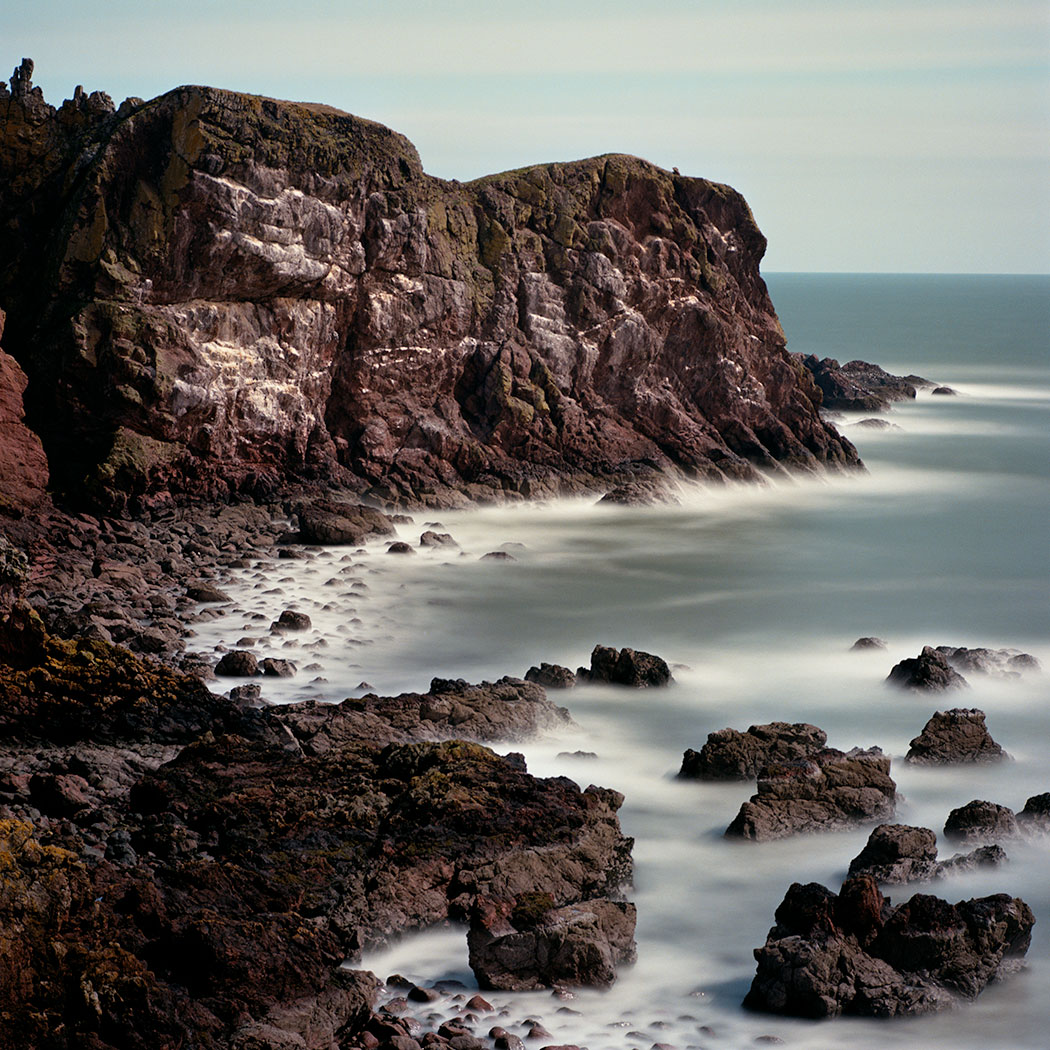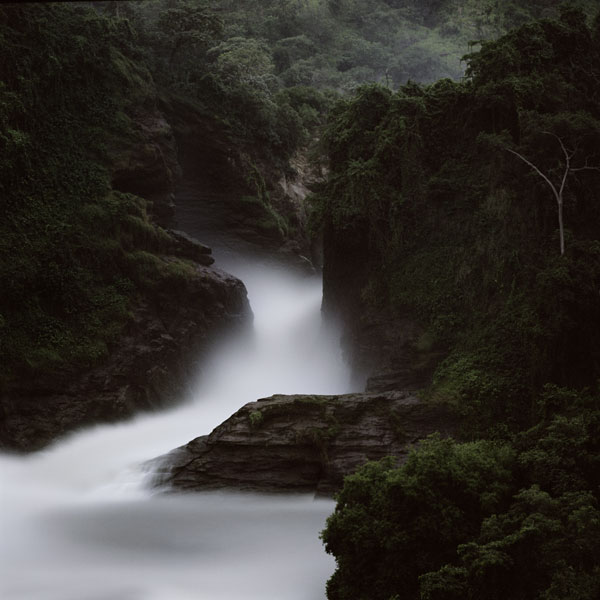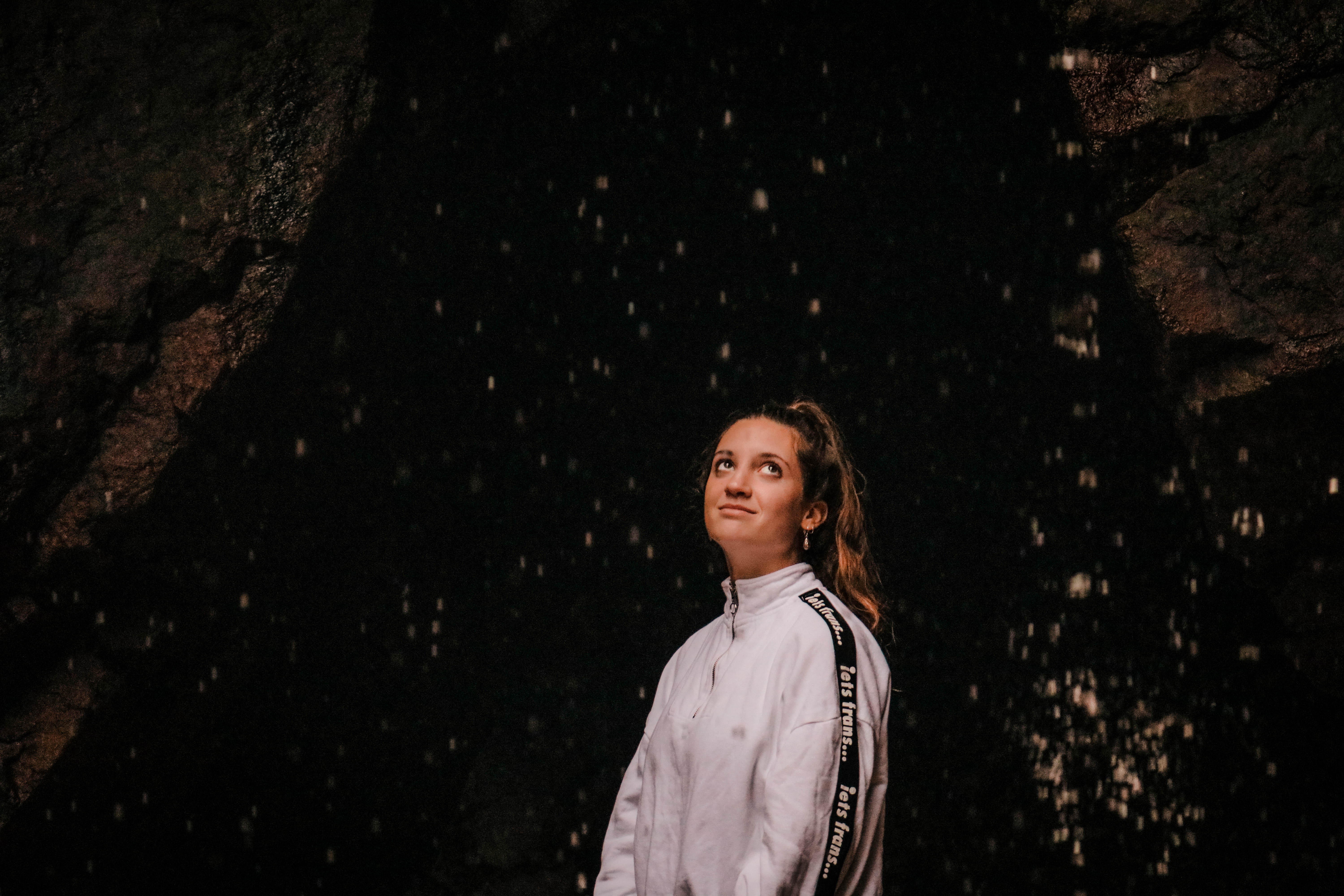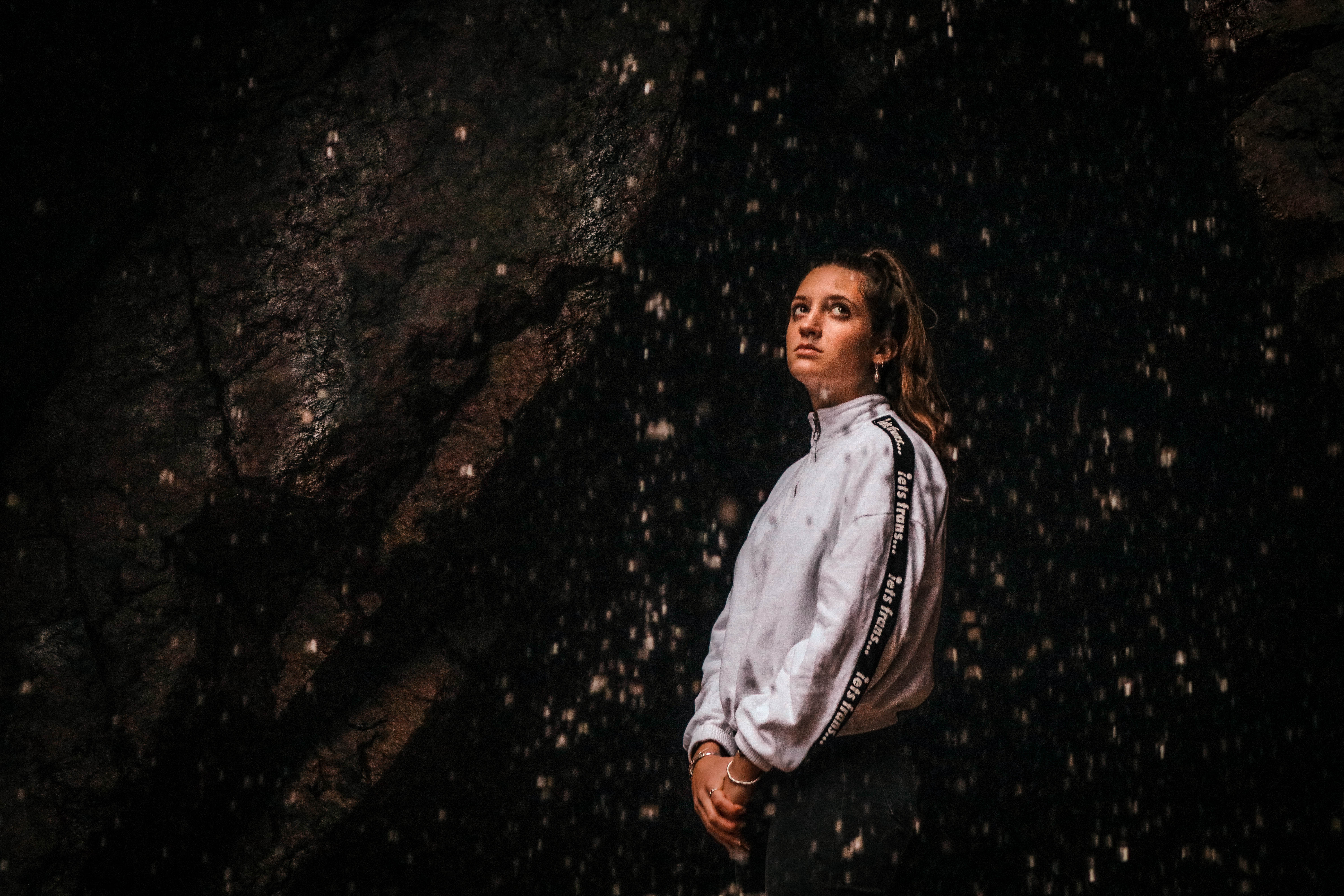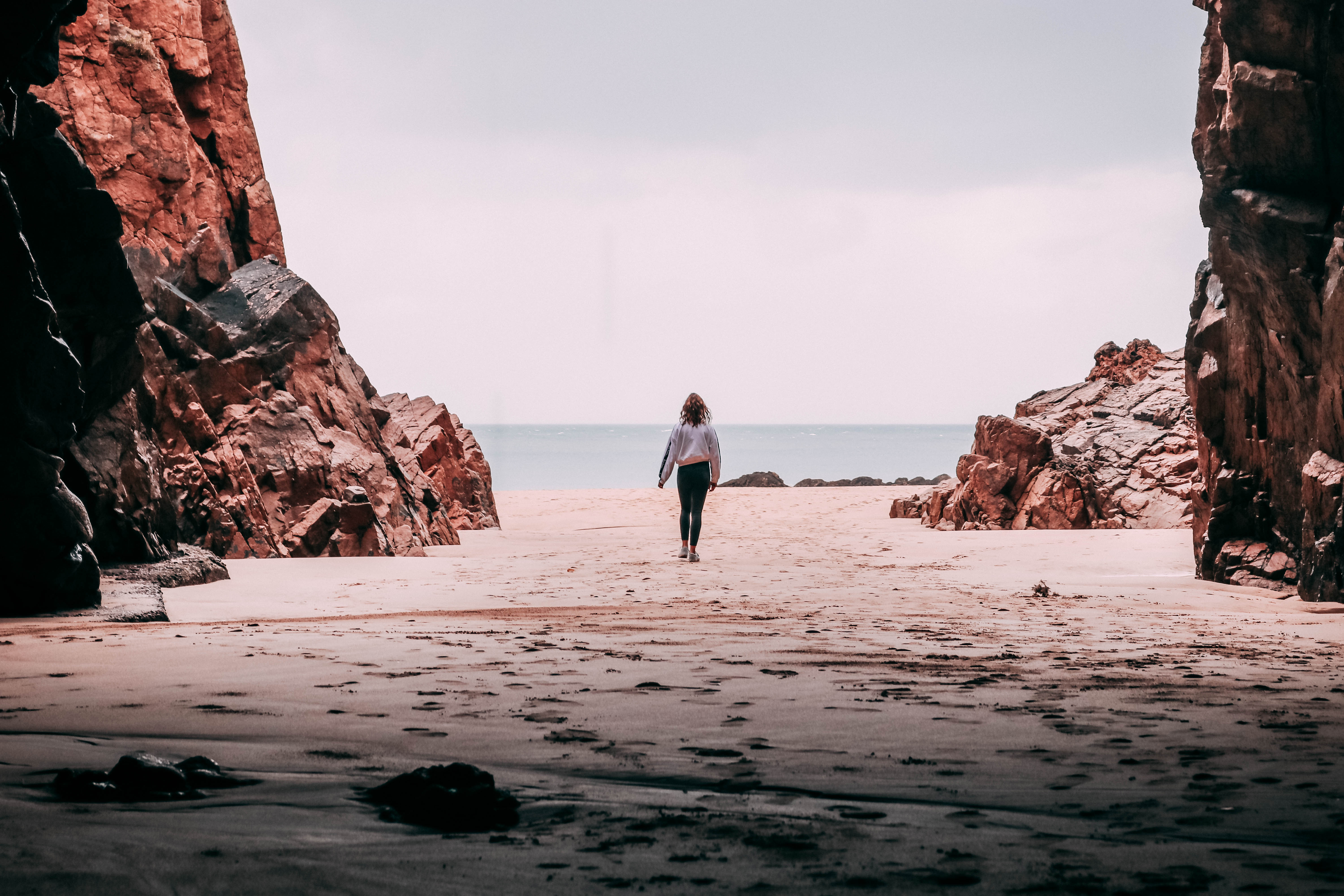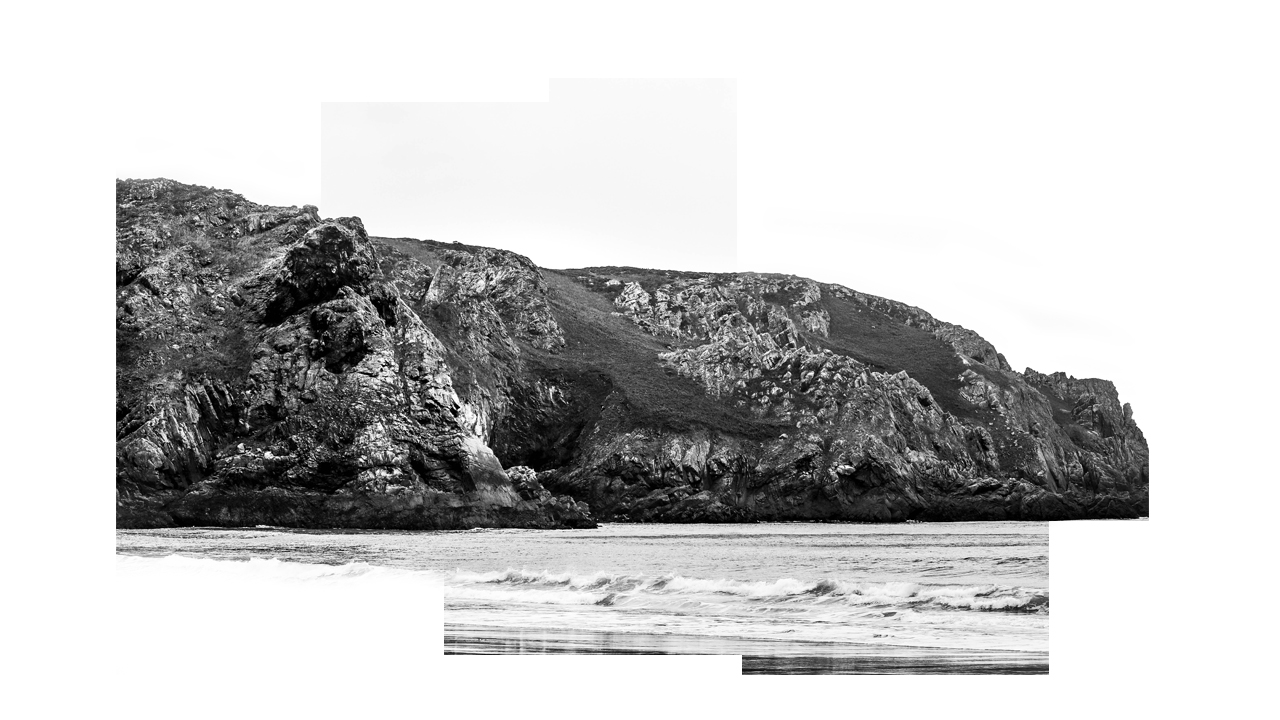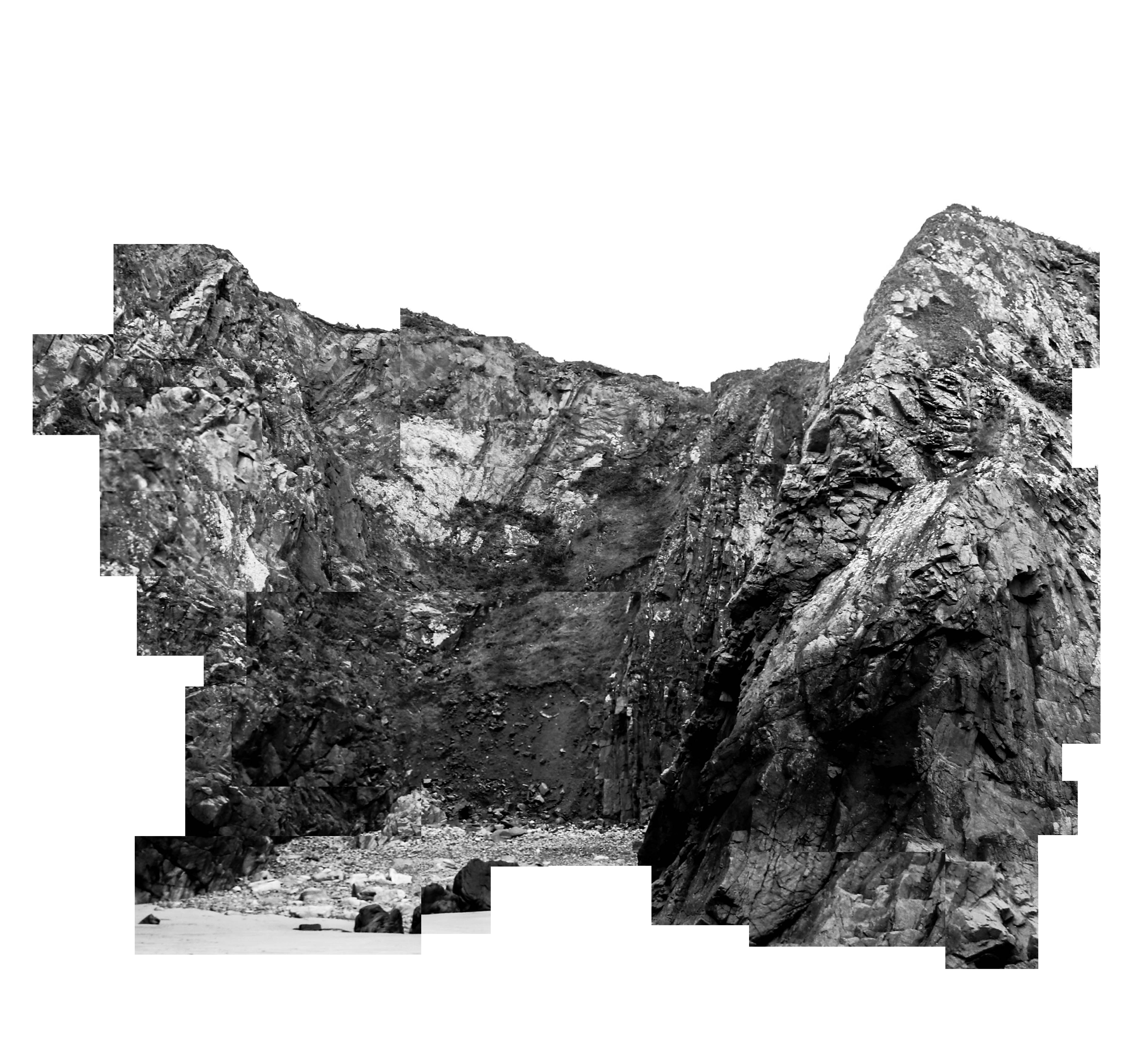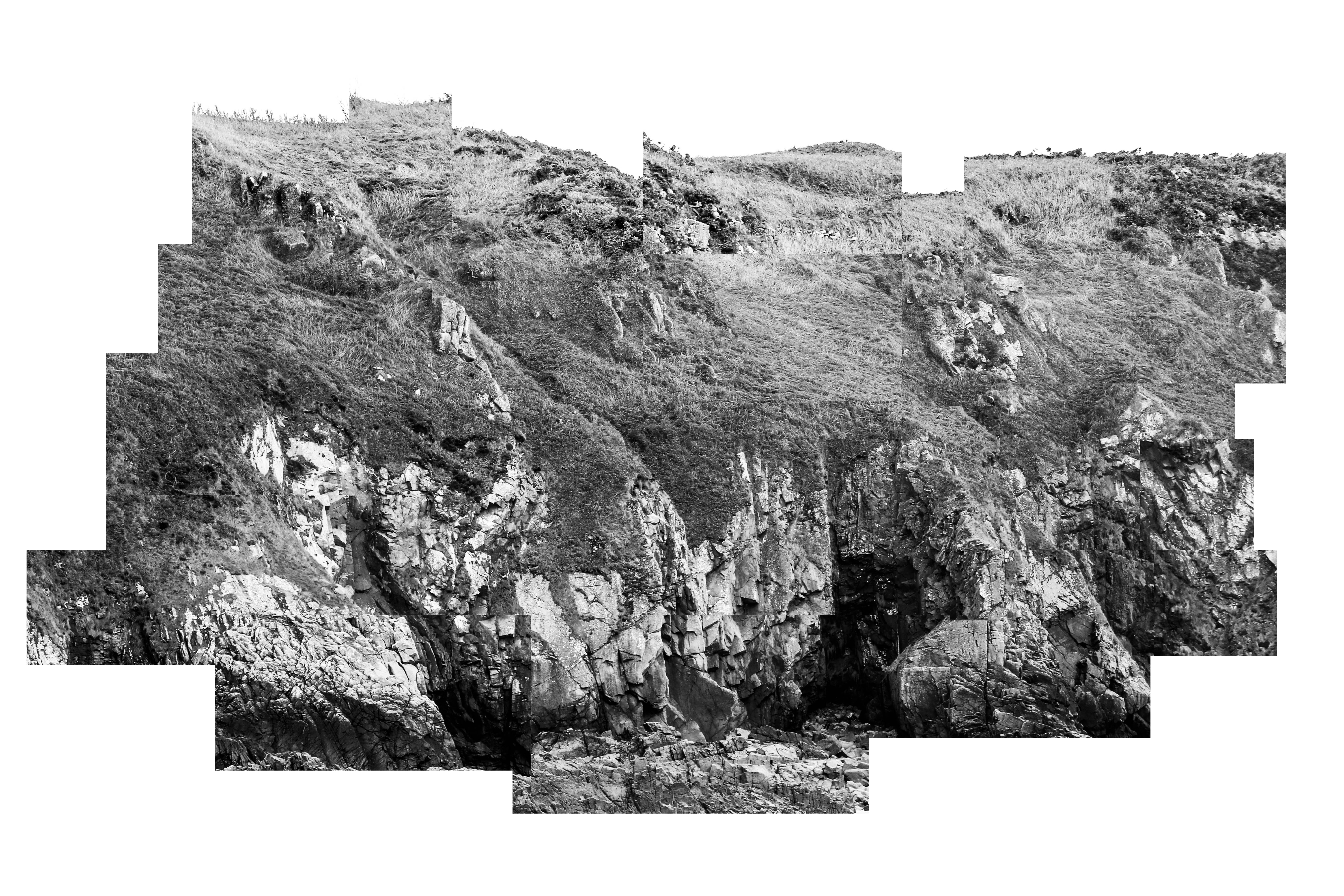PICTORIALISM
Time period : 1880s-1920s
Key characteristics/ conventions :
- Pictures that resembled paintings
- Manipulating images in the darkroom
- Scratching and marking their prints
- Blurred and fuzzy imagery
- Based on allegorical and spiritual subject matter
- Pictorialism reacted against mechanization and industrialization.
Artists/Influences associated:
Allegorical Painting – Allegory is a figurative mode of representation conveying meaning other than the literal. Allegory communicates its message by means of symbolic figures, actions or symbolic representation. The underlying meaning has moral, social, religious, or political significance
Julia Margaret Cameron was a photographer in the Victorian era. Cameron’s photographs were unconventional in their intimacy and their particular visual habit of created blur through both long exposures, where the subject moved and by leaving the lens intentionally out of focus.
Emerson’s Naturalistic Photography – In 1889 Peter Henry Emerson (1856-1936) expounded his theory of Naturalistic Photography which the Pictorialist used to promote photography as an art rather than science. Their handcrafted prints were in visual opposition to the sharp b/w contrast of the commercial print
Examples of Pictorialsm photographs


Key works: Sally Mann’s loss of life project.
Drawing upon her personal experiences as inspiration, Sally Mann creates a haunting series of photographs that speaks about the one subject that affects us all, the loss of life. Dark, beautiful and revelatory, What Remains, created in 2004 is a five-part meditation on mortality, explores the ineffable divide between body and soul, life and death, spirit and earth. This body of work consist of landscape, pictures of decomposing bodies and portraits of her children which links to the pictorialism movement.
Methods/ techniques/ processes:
Using a physical method to scratch out negatives and create texture in the photographs to provide a blurred or fuzzy image. Vaseline also used to smear over the lens to provide a blurred image to replicate art of that time.
REALISM / STRAIGHT PHOTOGRAPHY
Time period: Straight photography’s time period started towards the end of the pictorial era
Key characteristics/ conventions :
- These photographers strove to make pictures the were ‘photographic’ rather than ‘painterly’.
- They abhorred handwork and soft focus and championed crisp focus with a wide depth-of-field.
- Photographs are not manipulated
- These straight approaches to photography continue to define contemporary photographs, while being the foundation for many related movements, such as Documentary, Street photography and Photojournalism
- Special relationship to reality
- Camera’s ability to record objectively the actual world as it appears
Artists associated:
Alrfred Stieglitz, Paul Strand, Walker Evans, Dorothea Lange
Examples of Work
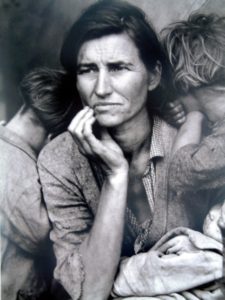

Key works:
Walker Evans (1903-75)
Often considered to the leading American documentary photographer of the 20th century. He rejected Pictorialism and wanted to establish a new photographic art based on a detached and disinterested look. He most celebrated work is his pictures of three Sharecropper families in the American South during the 1930s Depression.
Methods/ techniques/ processes:
- Taking of the image or by darkroom or digital processes
- Taking pure photos with no manipulation included

